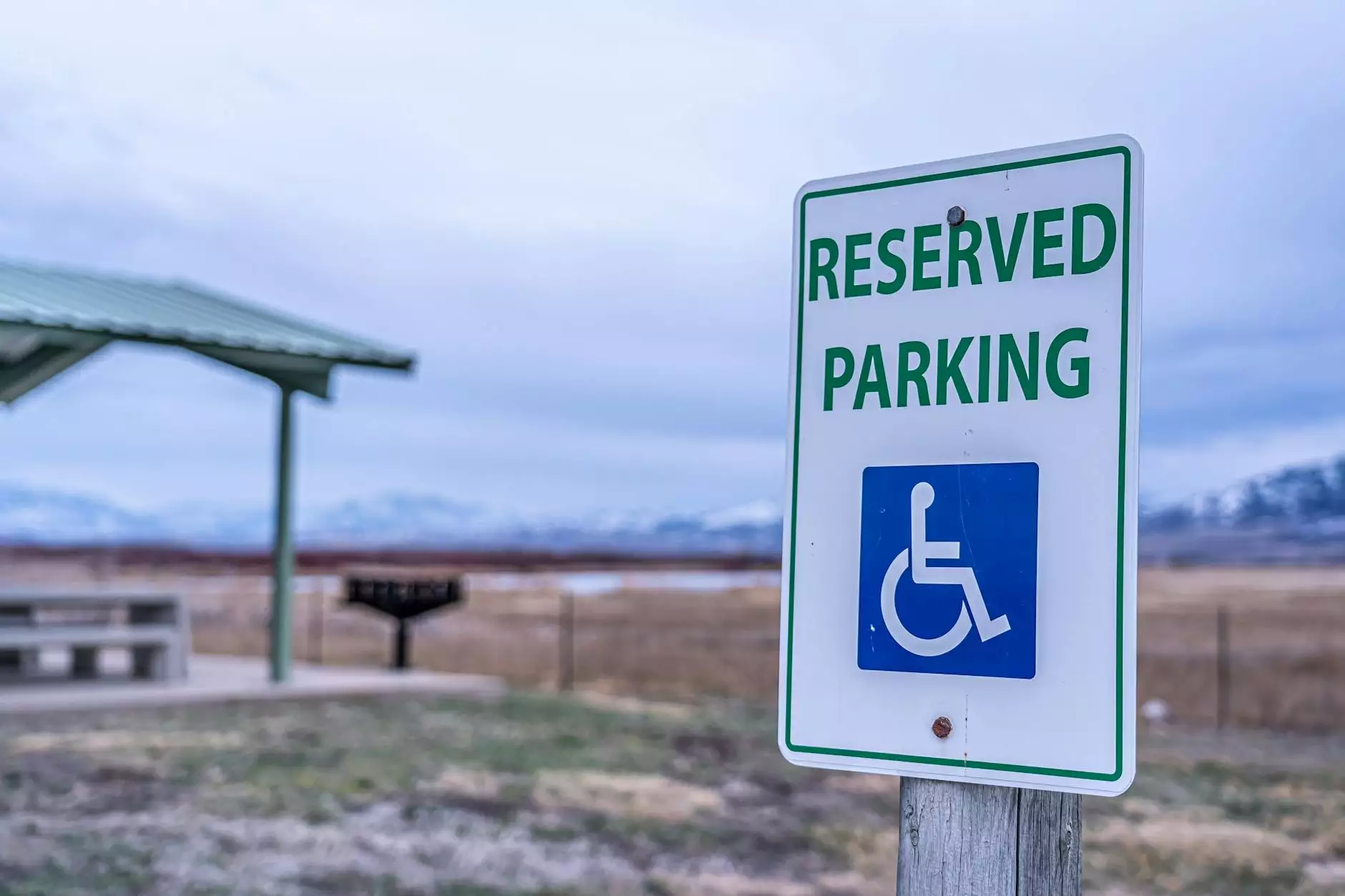Enhancing Accessibility: The Importance of Handicap Ramps with Handrails

In today's society, the essential need for accessibility has been recognized more than ever. Every individual, regardless of their physical abilities, should have the right to access their environment comfortably and safely. This principle is especially significant in areas related to personal care services, home health care, and elder care planning. One of the crucial elements contributing to this accessibility is the installation of handicap ramps with handrails. In this article, we explore the various facets of these ramps, their significance, benefits, and best practices for installation and use.
The Significance of Handicap Ramps
Handicap ramps serve as a vital component in ensuring that individuals with disabilities or limited mobility can enter and exit buildings without obstruction. The integration of handrails enhances the usability of these ramps, providing additional support for users. It is crucial to understand that maintaining a barrier-free environment not only adheres to legal standards but also reflects a compassionate society that values inclusivity.
Key Benefits of Handicap Ramps with Handrails
- Improved Safety: Walking on an incline can be particularly challenging for those using wheelchairs, walkers, or crutches. Handrails provide stability, reducing the risk of falls.
- Enhanced Independence: For many individuals, the ability to navigate their environment without assistance is empowering. Handicap ramps with handrails promote independence.
- Compliance with Regulations: Many localities enforce building codes requiring ramps and handrails in public places. Employing these features ensures compliance and avoids penalties.
- Increased Traffic Efficiency: Adequate accessibility in facilities allows for smoother traffic flow, accommodating everyone, including caregivers and family members.
Understanding the Design and Construction of Ramps
Design Considerations
When designing a handicap ramp, several critical factors must be considered to ensure safety and usability. These include:
- Slope Ratio: The Americans with Disabilities Act (ADA) recommends a slope ratio of 1:12 for wheelchairs. This means for every inch of height, there should be at least 12 inches of ramp length. Steeper ramps can be dangerous and difficult to navigate.
- Dimensions: Ramps should be wide enough to accommodate various mobility devices, typically at least 36 inches wide.
- Material Selection: Durable materials such as concrete, wood, or aluminum should be chosen to withstand weather conditions and frequent use.
- Surface Texture: The surface of the ramp should be non-slip to prevent accidents, particularly in wet conditions.
Handrail Specifications
Handrails are not just accessories but critical components that enhance the functionality of ramps. Here are important specifications for handrails:
- Height: Handrails should be installed between 34 to 38 inches above the ramp surface.
- Grip: They should have a diameter between 1.25 to 2 inches for a comfortable grip.
- Length: Handrails should extend at least 12 inches beyond the top and bottom of the ramp for added safety.
- Strength: The structure should be able to withstand a force of at least 200 pounds applied in any direction.
The Role of Accessibility in Personal Care Services
In the field of personal care services, accessibility is critical. Caregivers must navigate clients’ environments effectively to provide optimal support. Here’s how handicap ramps with handrails facilitate better care:
- Ease of Access: Caregivers can assist clients without the challenges that stairs or traditional entryways pose.
- Reduced Physical Strain: Ramps diminish the physical stress on caregivers, particularly when transferring clients in and out of homes or facilities.
Handicap Ramps and Home Health Care
For those receiving home health care, having a handicap ramp at home significantly reduces barriers to receiving services. Consider the following:
- Consistent Care Availability: Home health workers can visit patients without the risk of injury associated with stairs or steep inclines.
- Emergency Situations: In case of emergencies, immediate access can be crucial for expedited services.
Planning for Elder Care: Ramps as Essential Structures
As we age, mobility often becomes a significant concern. Incorporating handicap ramps with handrails in elder care planning is not just a choice but a necessity:
- Future-Proofing Homes: Home renovation to include ramps and handrails ensures that aging in place is more feasible.
- Improved Quality of Life: Enhancing mobility positively affects psychological well-being, granting seniors greater freedom.
Installing Handicap Ramps: Best Practices
When considering the installation of handicap ramps with handrails, it is vital to follow best practices:
1. Site Assessment
Evaluate the area where the ramp will be installed. Look for potential hazards, such as uneven ground or obstacles that could impede safe use.
2. Consult Professionals
Engaging a professional contractor who specializes in accessibility modifications ensures the ramp meets all safety standards.
3. Regular Maintenance
It’s essential to maintain ramps and handrails to ensure they are in good condition. Regular inspections help to identify wear and tear early.
4. Community Awareness
Raising awareness about the importance of ramps and inclusivity can lead to more community initiatives to promote accessibility solutions.
Conclusion
In summary, the implementation of handicap ramps with handrails is a critical step towards ensuring a more inclusive and accessible society. They provide numerous benefits, from enhancing safety to promoting independence and dignity for individuals with mobility challenges. For businesses and homeowners alike, investing in these essential features signifies a commitment to accessibility and the well-being of all community members. As we continue to advocate for better accessibility in personal care services, home health care, and elder care planning, let's embrace the importance of handicap ramps as a path to empowerment and equal opportunity for everyone.









